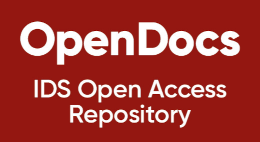What Does a Good Digital Welfare State Look Like?
The introduction of ‘digital-by-default’ welfare and social protection systems in the UK and beyond has delivered efficiencies and cost savings for governments and can be convenient for recipients. But, given the rapid pace of change, we need to understand the ethical, social, and political implications of digital welfare from the perspectives of the poorest and most marginalised members of our societies. In the face of a growing body of research on these communities’ challenges in accessing their entitlements, this briefing looks at what a ‘good’ digital welfare state might look like. Our research shows the need for systems which are designed to treat people with care and dignity, inclusivity, adaptiveness, and transparency. Digital welfare systems need to work for the hardest to reach first. In the words of a workshop participant: ‘a good service makes you feel trust in the service itself, the platform, and the government’.
Funding
The Digital Good Network: exploring equity, sustainability and resilience in people's relationships with and through digital technologies
Economic and Social Research Council
Find out more...History
Publisher
Institute of Development StudiesCitation
Faith, B. and Hernandez, K. (2024) 'What Does a Good Digital Welfare State Look Like?', IDS Policy Briefing 217, Brighton: Institute of Development Studies, https://doi.org/10.19088/IDS.2024.047Series
IDS Policy Briefing 217Version
- VoR (Version of Record)


